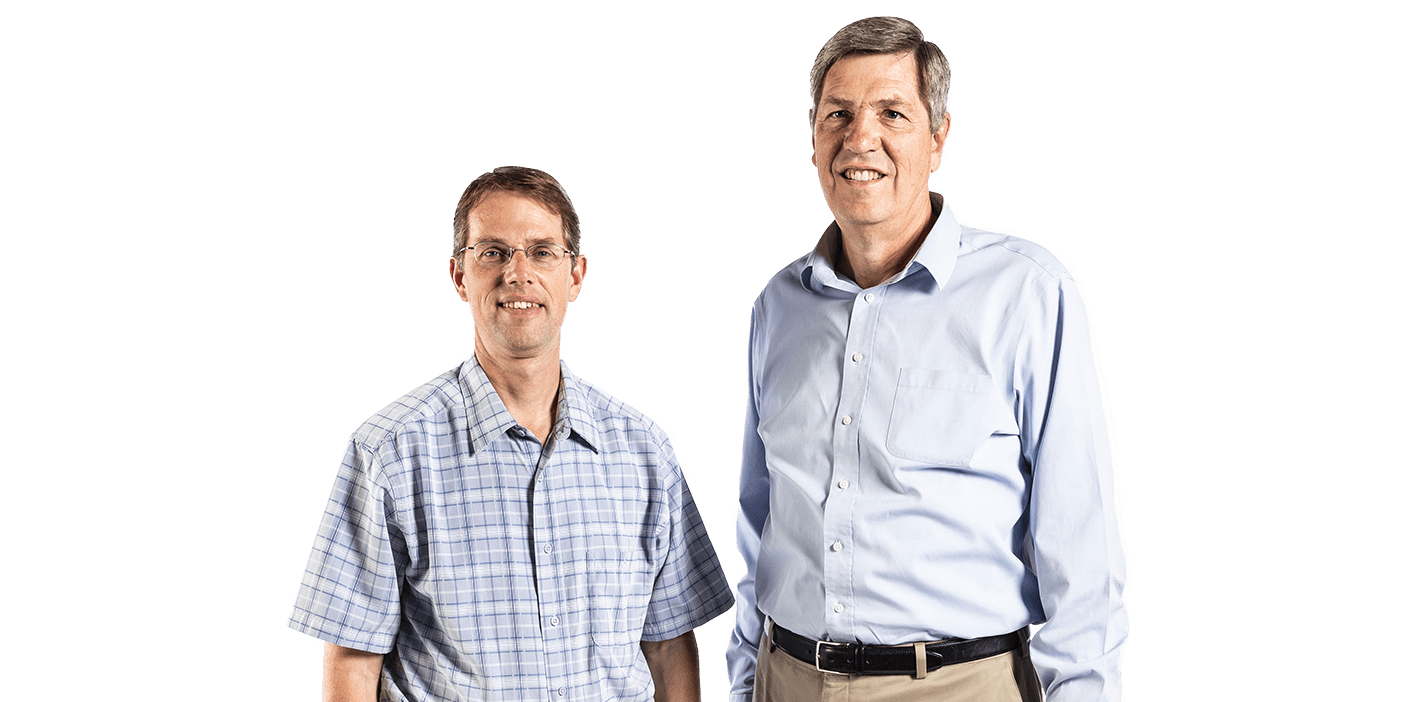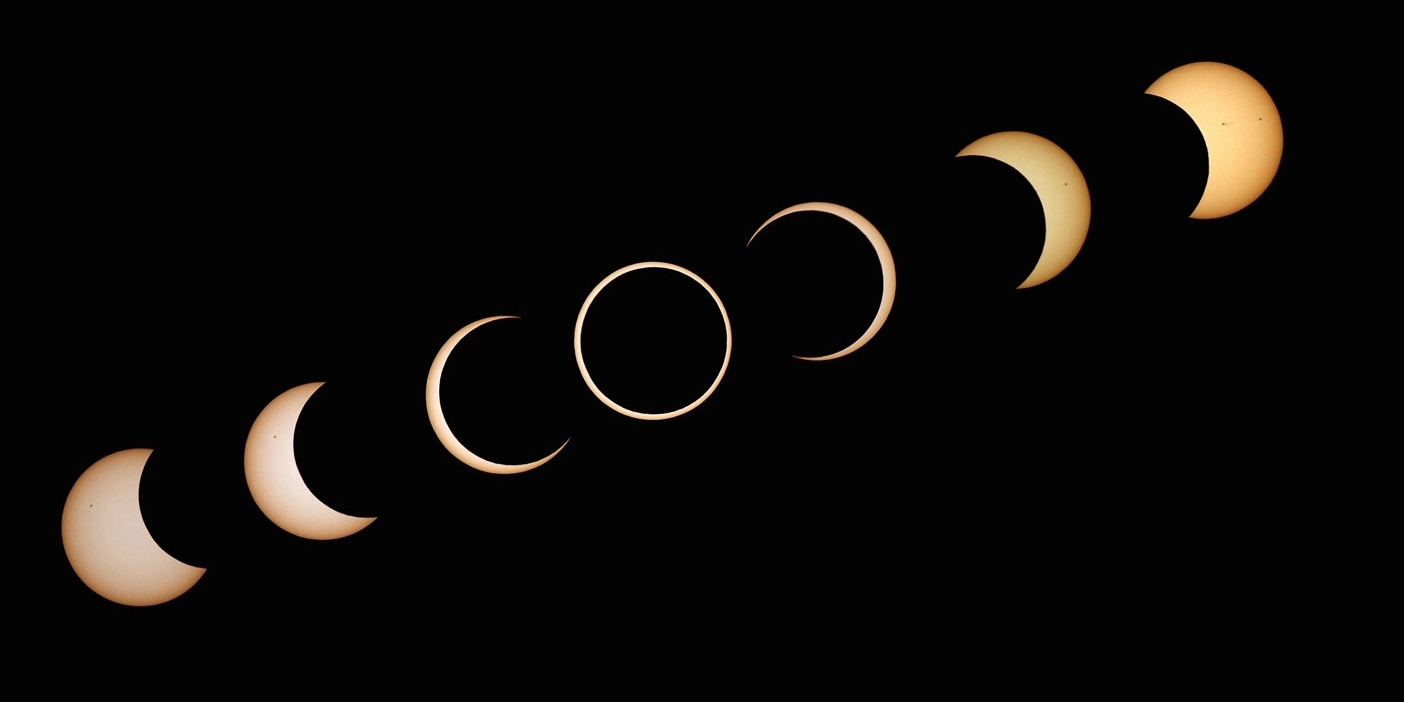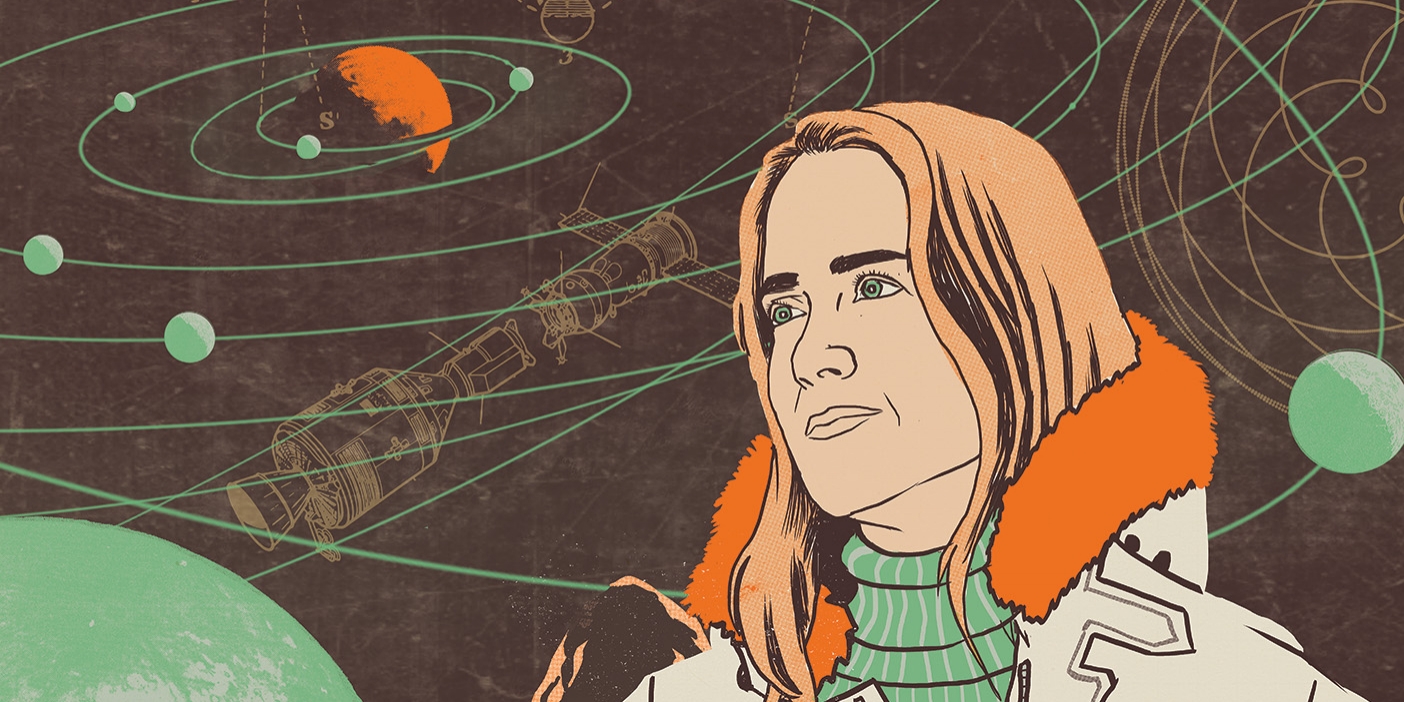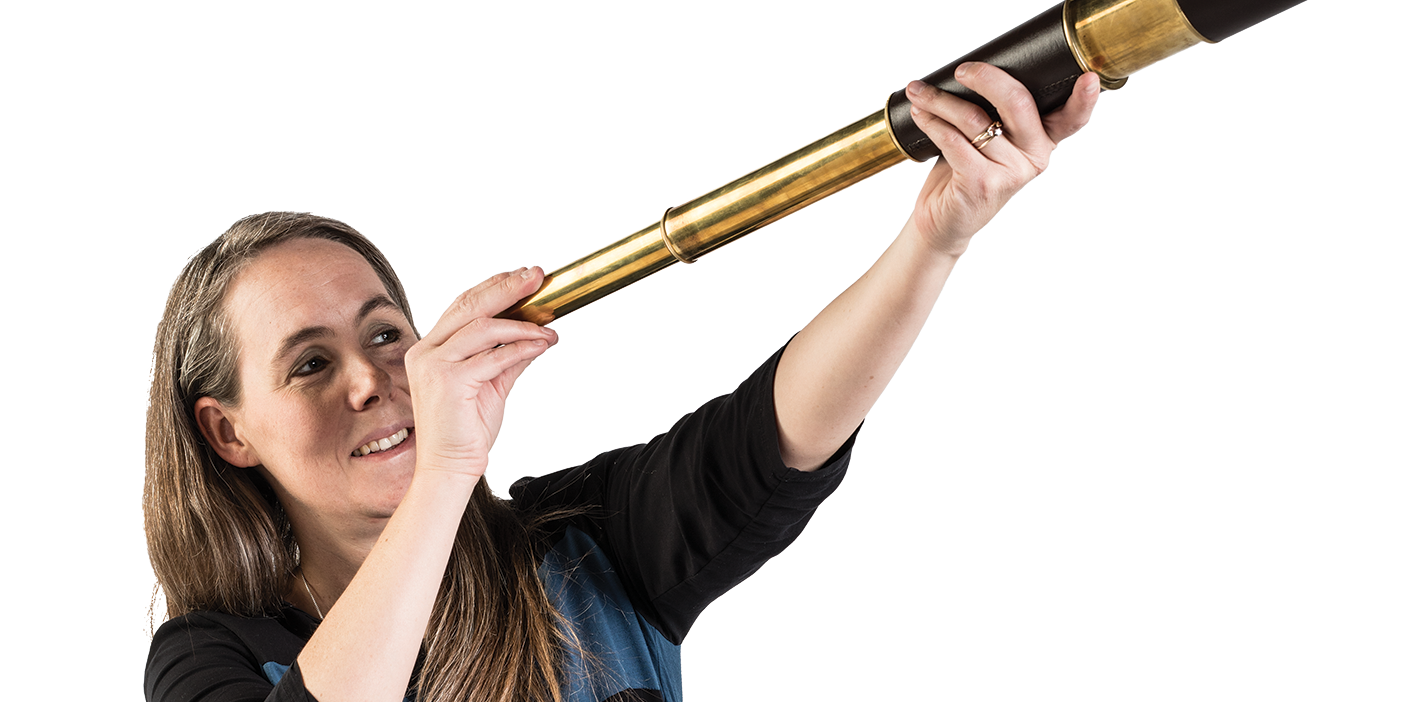
The Arecibo Observatory in Puerto Rico—home to one of the biggest radio telescopes in the world—is getting an upgrade with the help of BYU electrical-engineering professors Brian D. Jeffs (BES ’78, MS ’82) and Karl F. Warnick (BS ’93, PhD ’97) and team members at Cornell and the University of Central Florida. The team received a $5.82 million grant from the National Science Foundation to update the telescope’s capabilities.
How do radio telescopes work?
Jeffs: Radio telescopes use very large antennas to receive naturally generated radio waves from objects. We use a giant radio telescope like the one in Arecibo to collect the signals, which are very weak because they’ve traveled millions of light-years or more. To even detect them we may have to point the telescope in the same direction for half an hour and just listen. We then take those signals, digitize them, and do marvelous and magical mathematical things to help us extract information, like finding evidence of the existence of a black hole.
How will you improve the Arecibo telescope?
Warnick: Most radio telescopes are like a single-pixel camera: they look at the sky in one spot and then move to the next spot and so on, scanning back and forth to create an image. We’re creating a multi-pixel camera that collects a complete image with one pointing.
Jeffs: Our receiver will have 160 little microwave antennas above the Arecibo dish. By having more antennas we can look at many pixels in the sky to cover a wider field of view.
We are also building the digital signal processing and electronics to turn those signals into something useful for astronomers. There will be 25 high-performance computers taking those signals from the antennas and extracting information.
What can a radio telescope show us?
Warnick: Roughly 98 percent of the universe is dark matter and dark energy. We don’t even know exactly what these are, yet they constitute most of the universe. Every cosmic structure has a dark-matter cloud around it that we can’t see but that attracts hydrogen gas. Our instrument can map hydrogen clouds, which allows astronomers to extrapolate back in time and understand more about how the universe was formed during the cosmic dawn.












